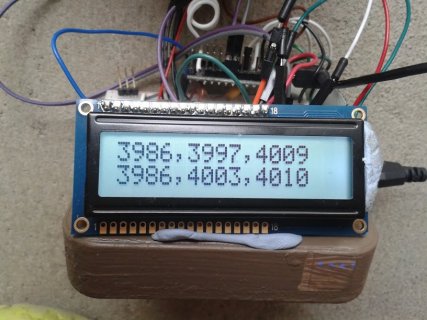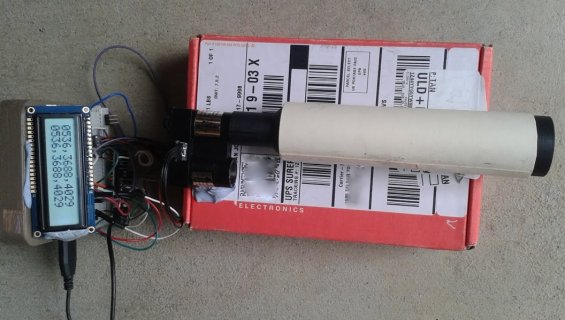After some experimentation I got the code running reliably on Teensy 3.1 at 96MHz by changing the delay in the "C" loop from 1ms to 5ms.
I had been getting 8-10 "C"'s each time before receiving an ACK. Increasing the delay resulted in only 1 "C" consistently and stable operation at 12ms/sample.
I had been getting 8-10 "C"'s each time before receiving an ACK. Increasing the delay resulted in only 1 "C" consistently and stable operation at 12ms/sample.



